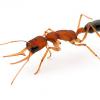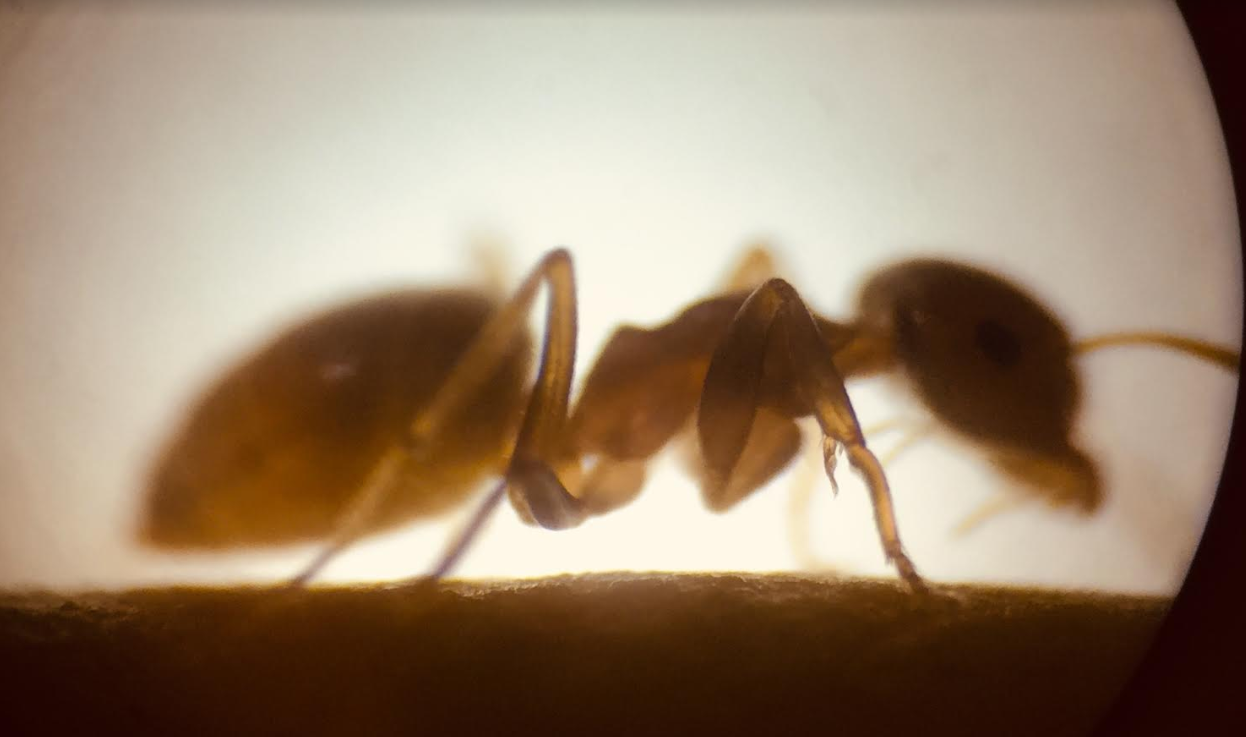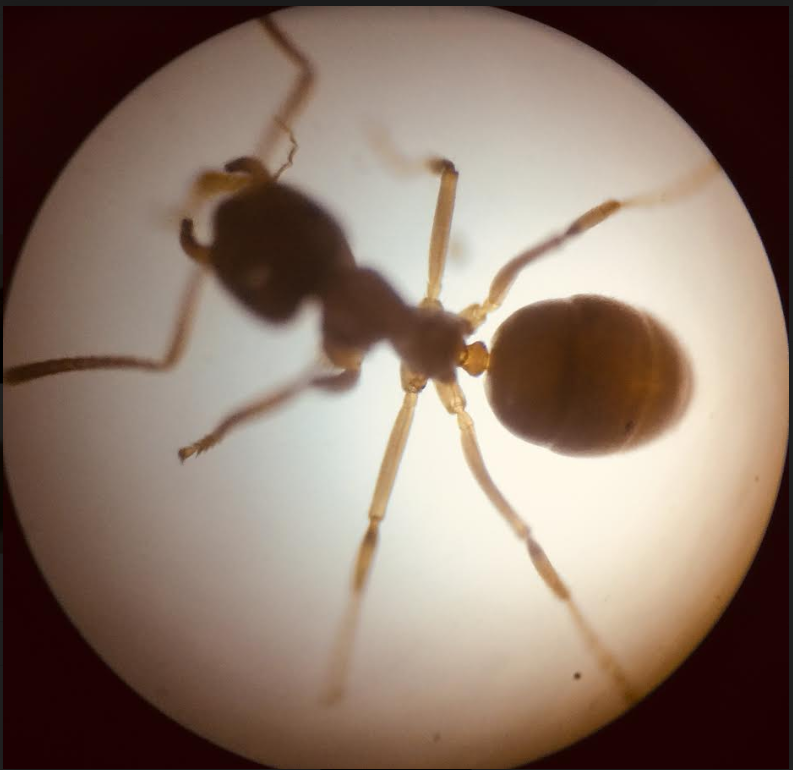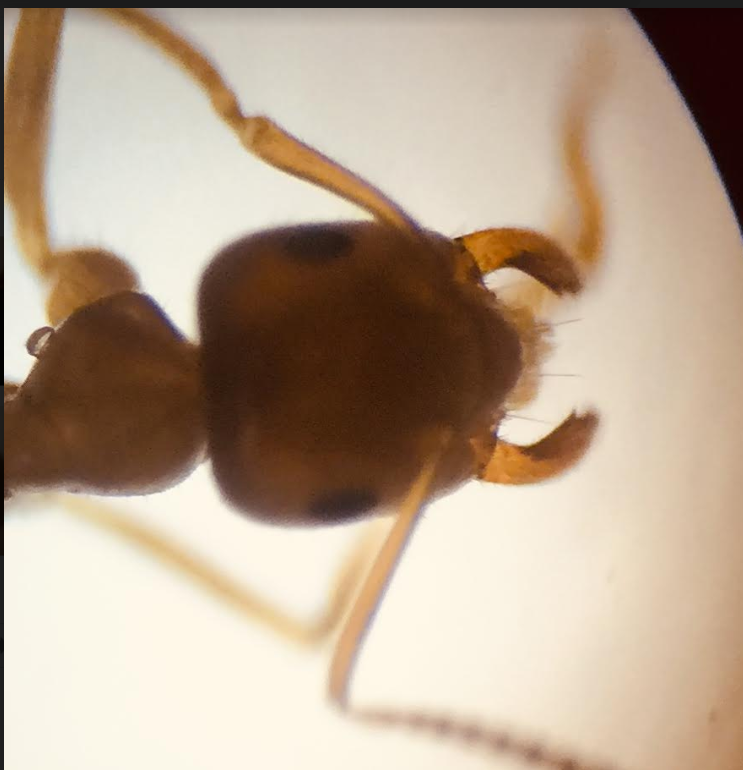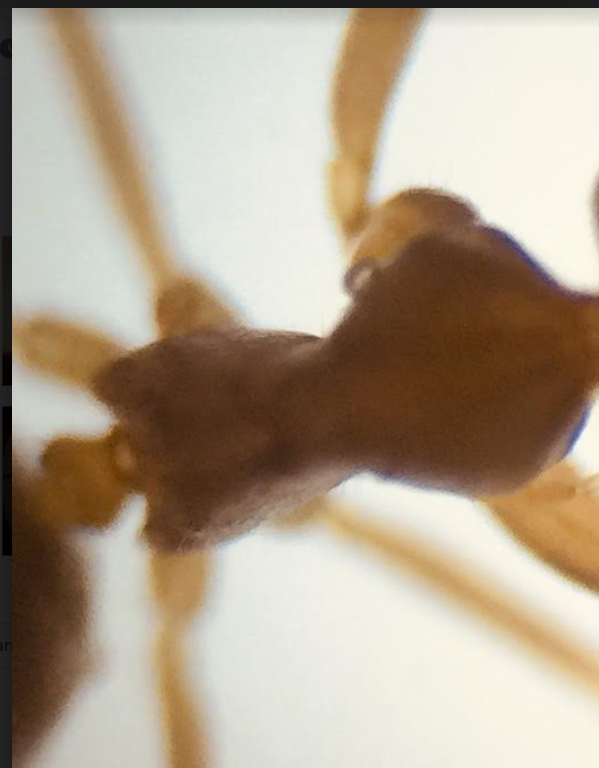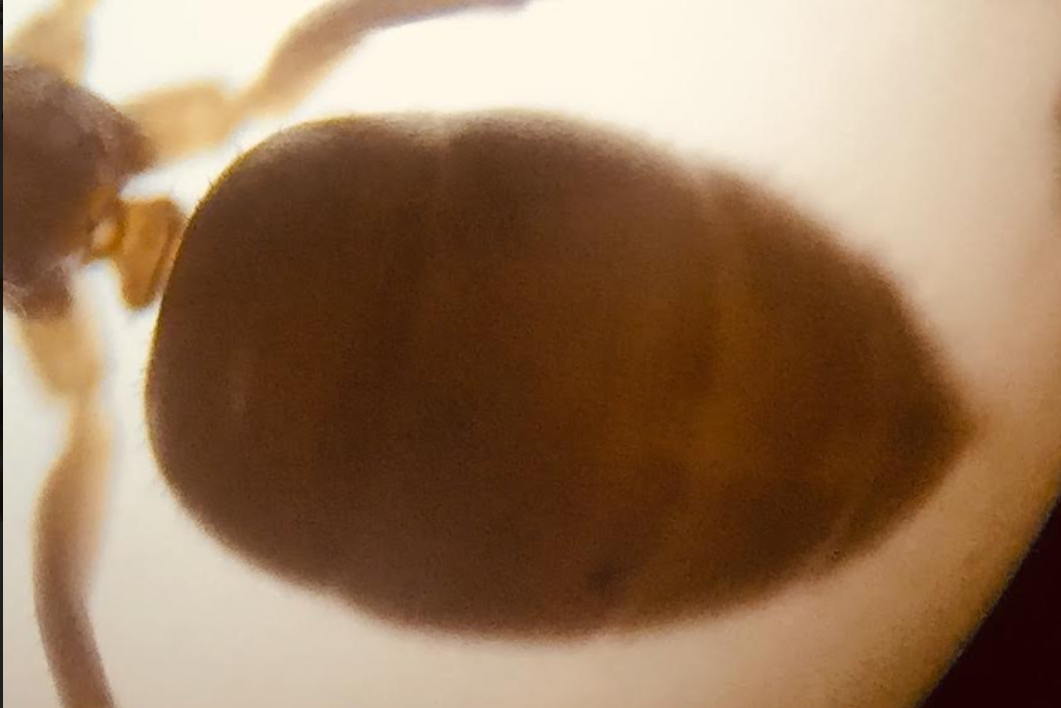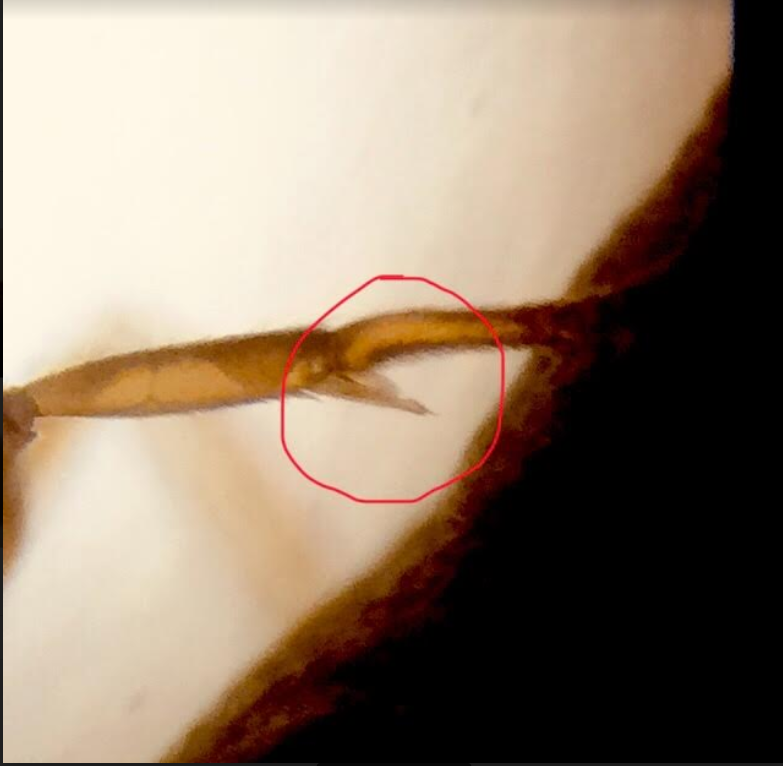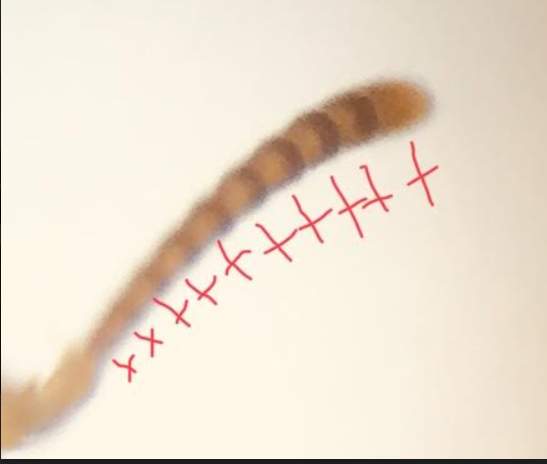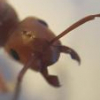1. Location of collection: New York, USA
2. Date of collection: 1-12-20
3. Habitat of collection: (very) old sandbox
4. Length: About 2 mm (smaller than P. Imparis)
5. Coloration: Light brownish
6. Distinguishing characteristics: Tibial spur, 12 antennal segments, single-segmented petiole, (see pictures for reference)
My guess is some sort of Lasius sp.
Edited by TheMicroPlanet, January 12 2020 - 12:35 PM.


